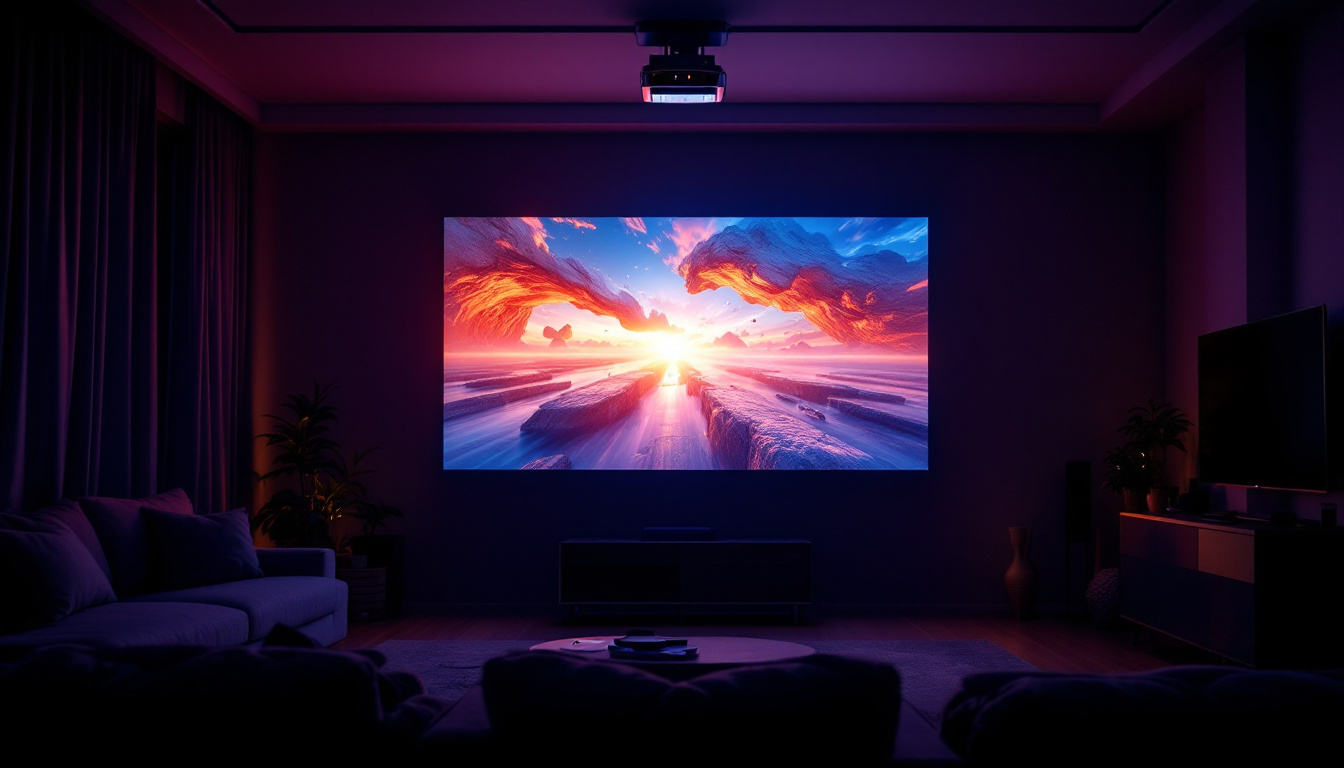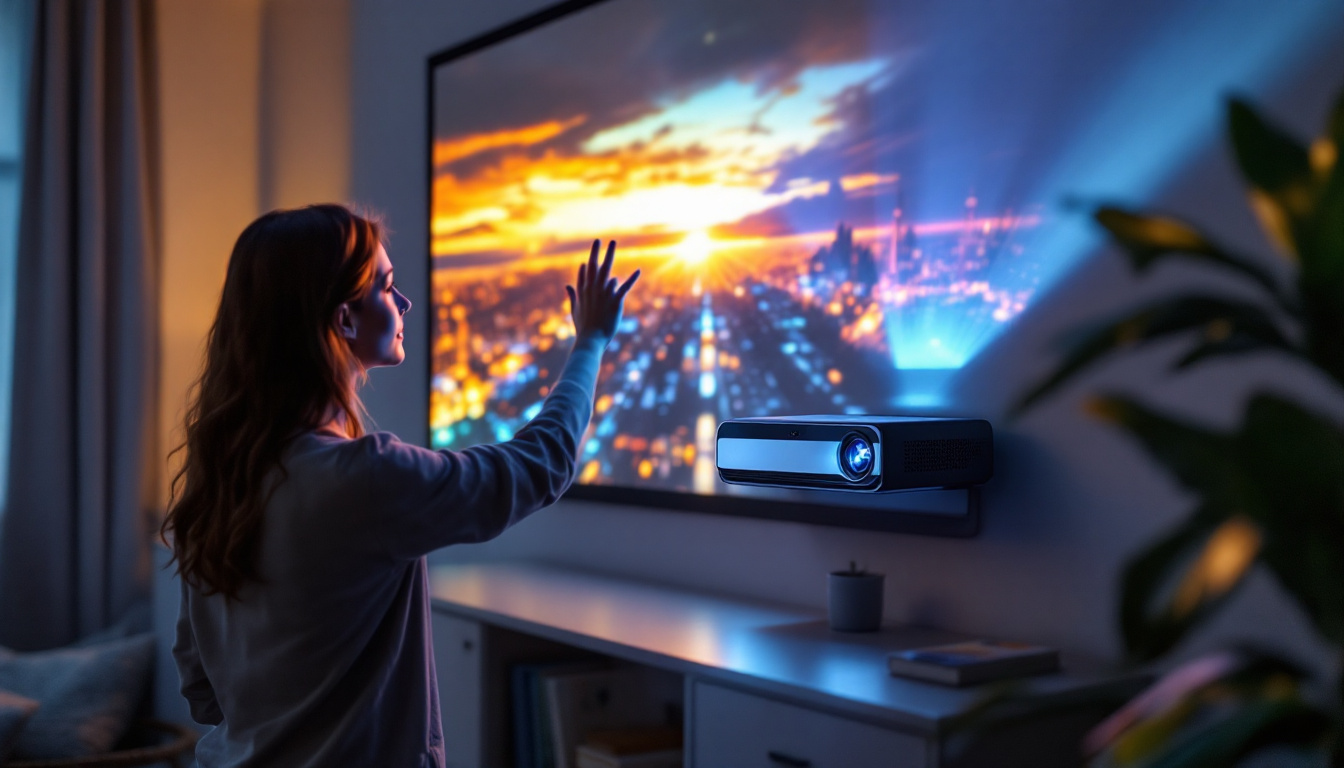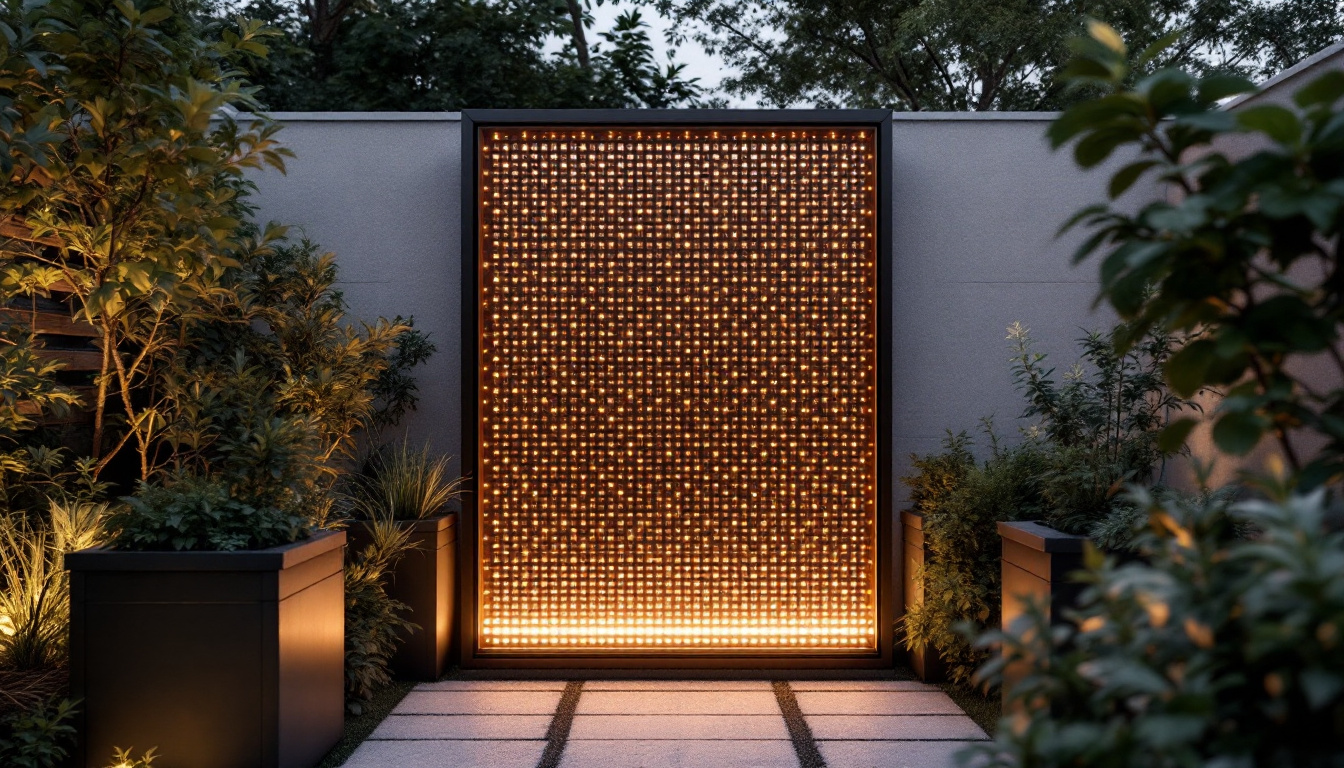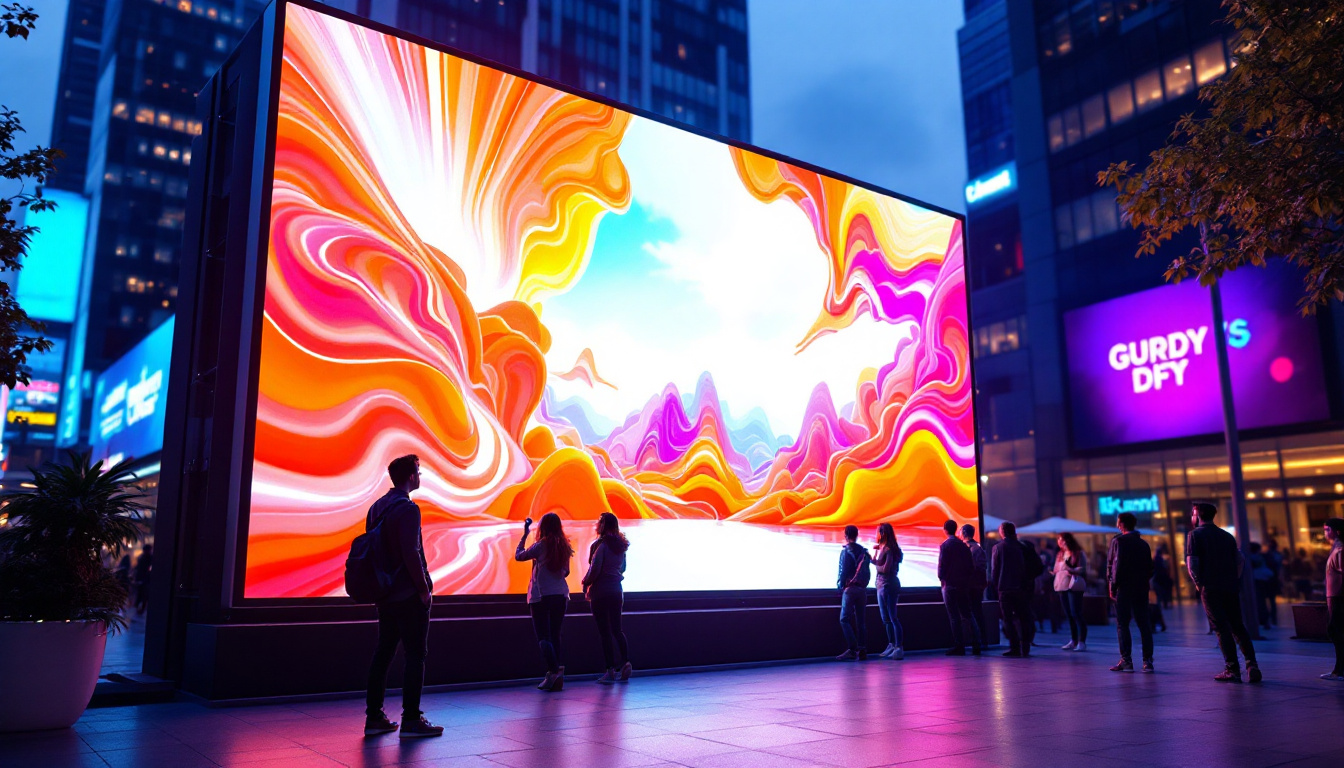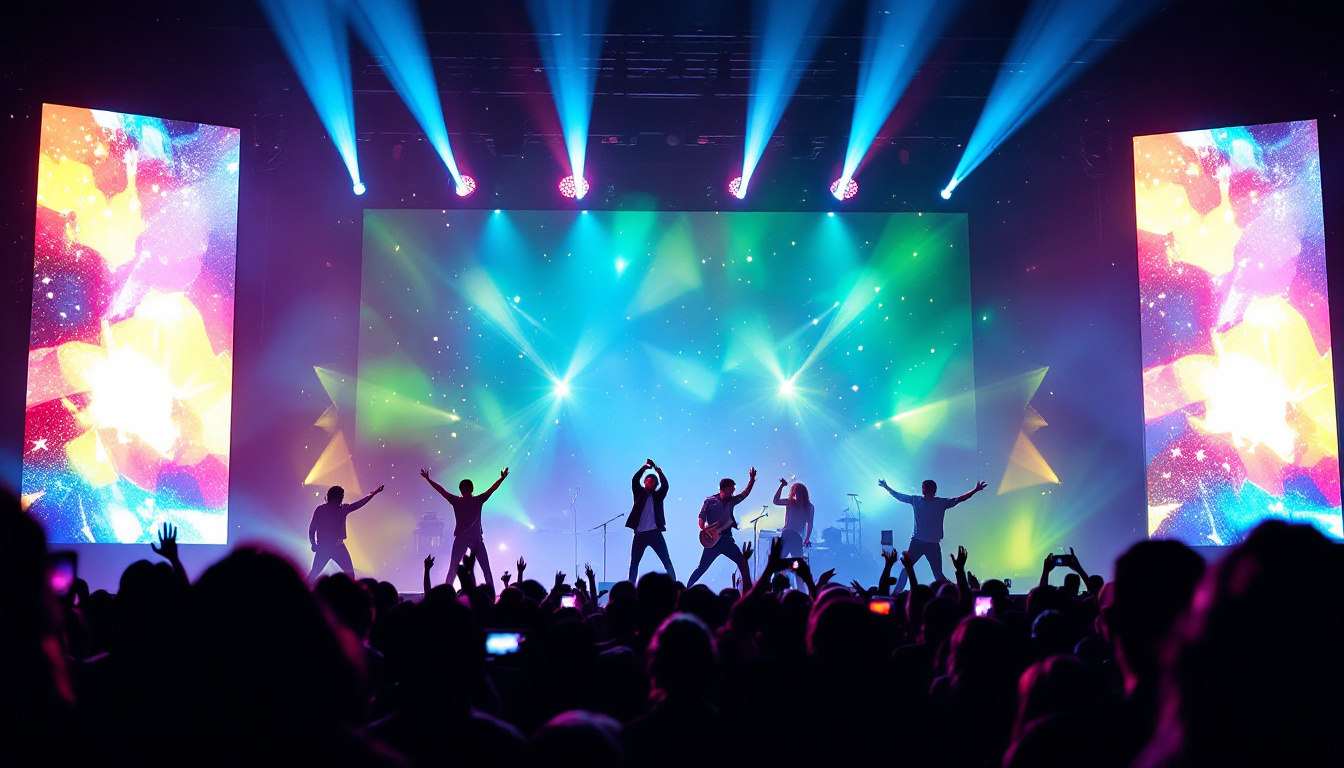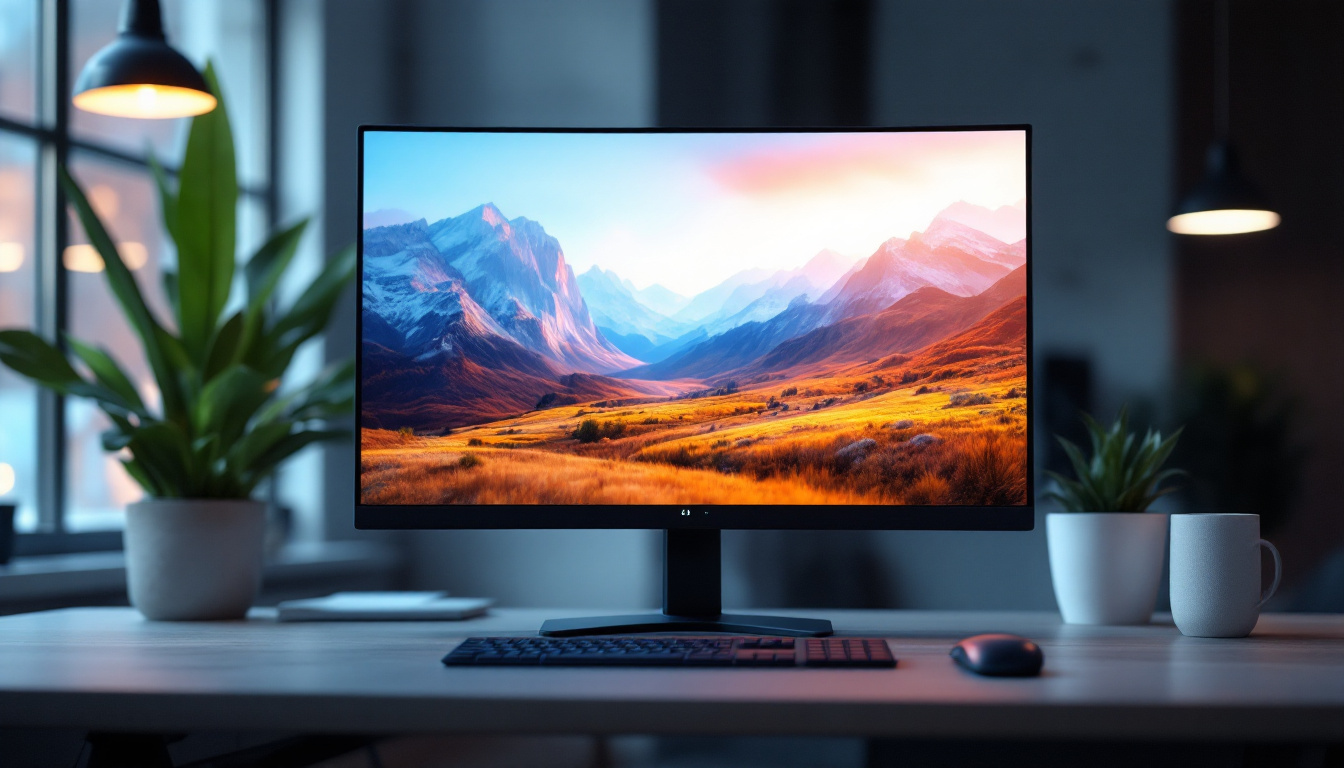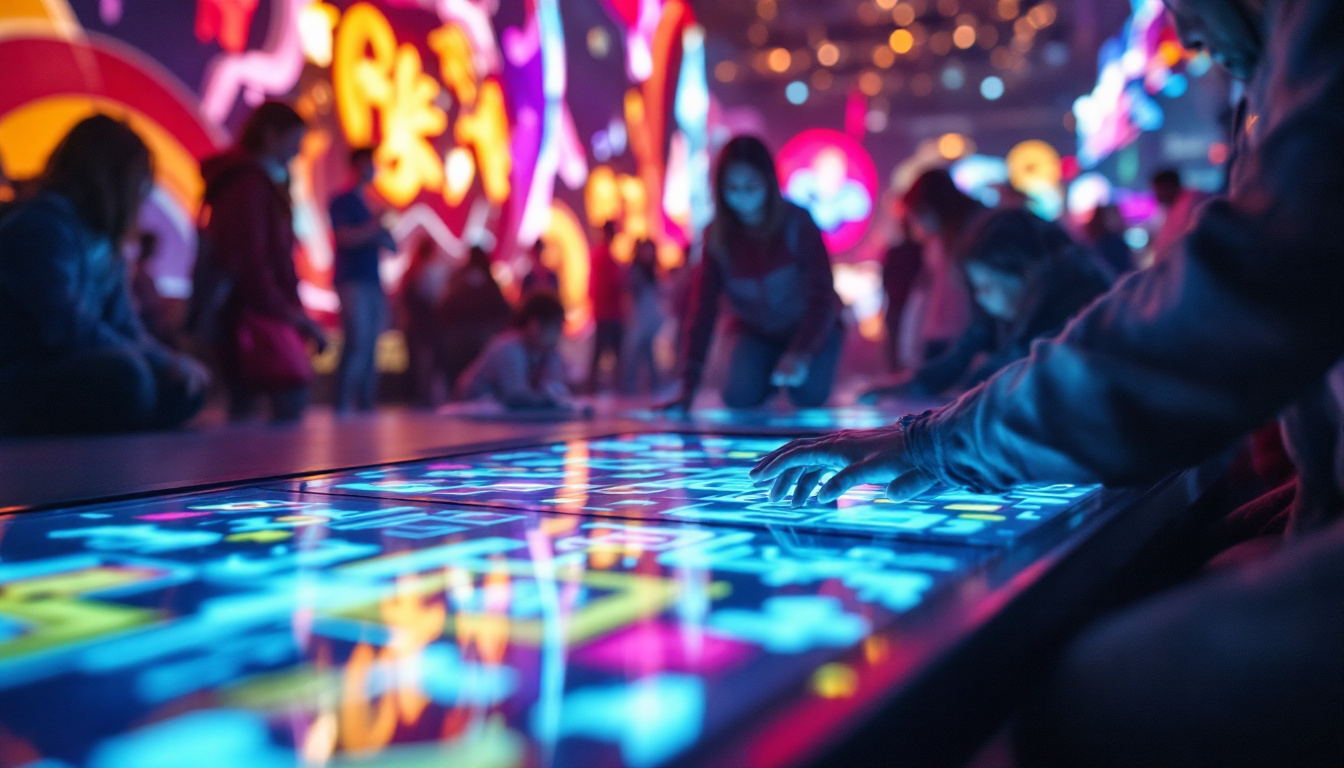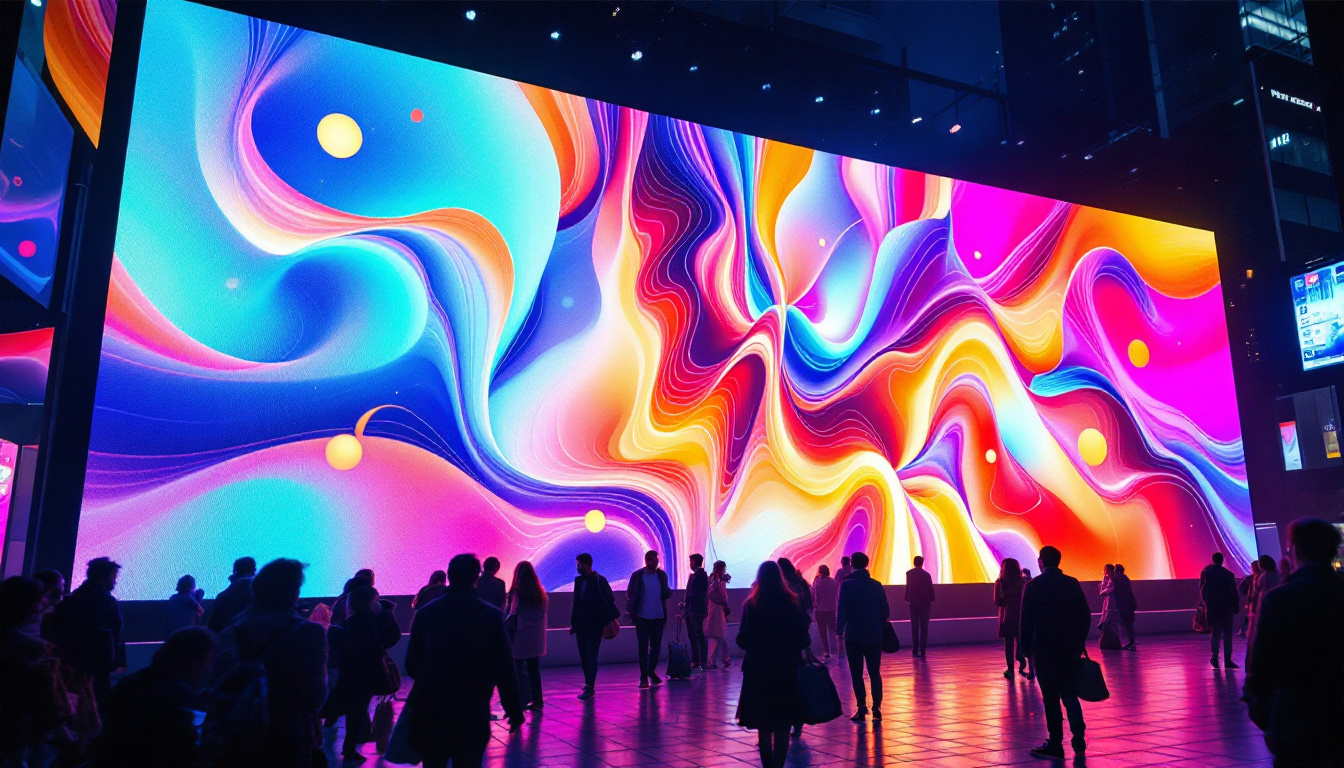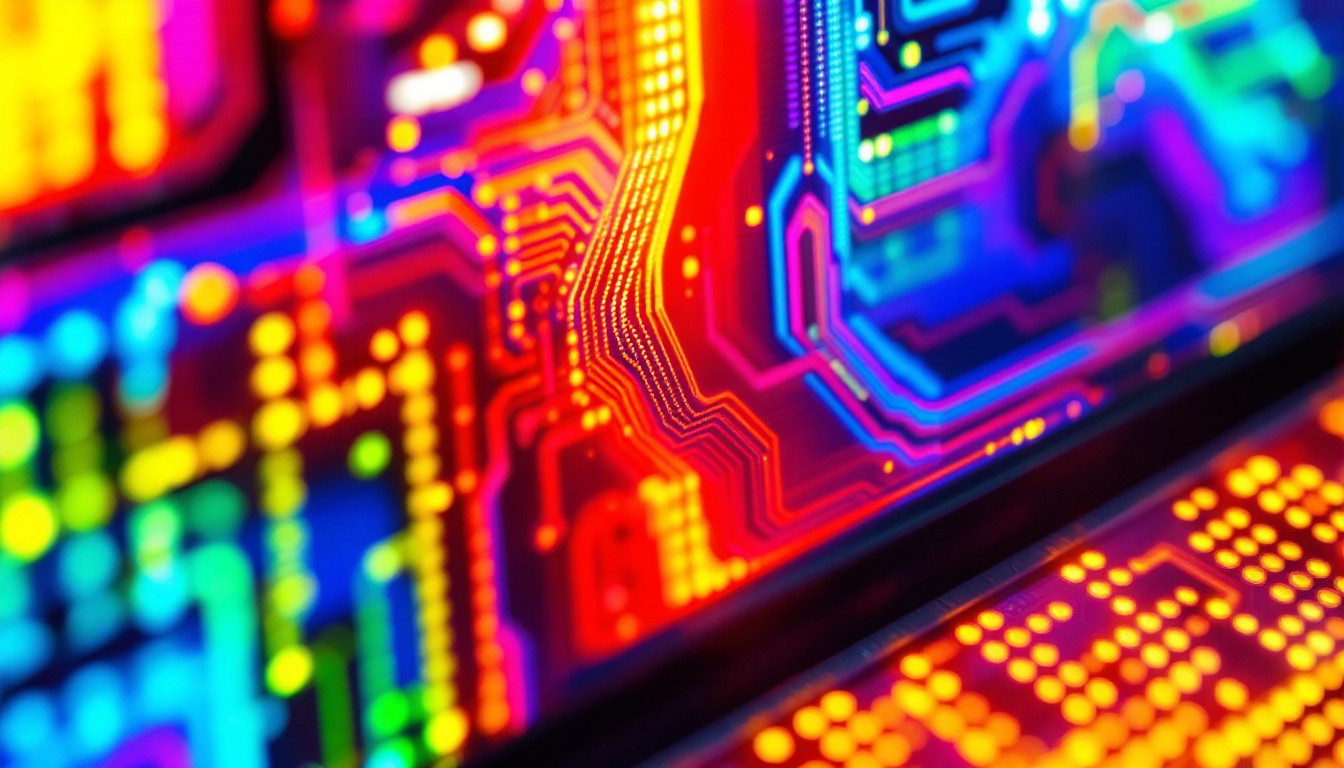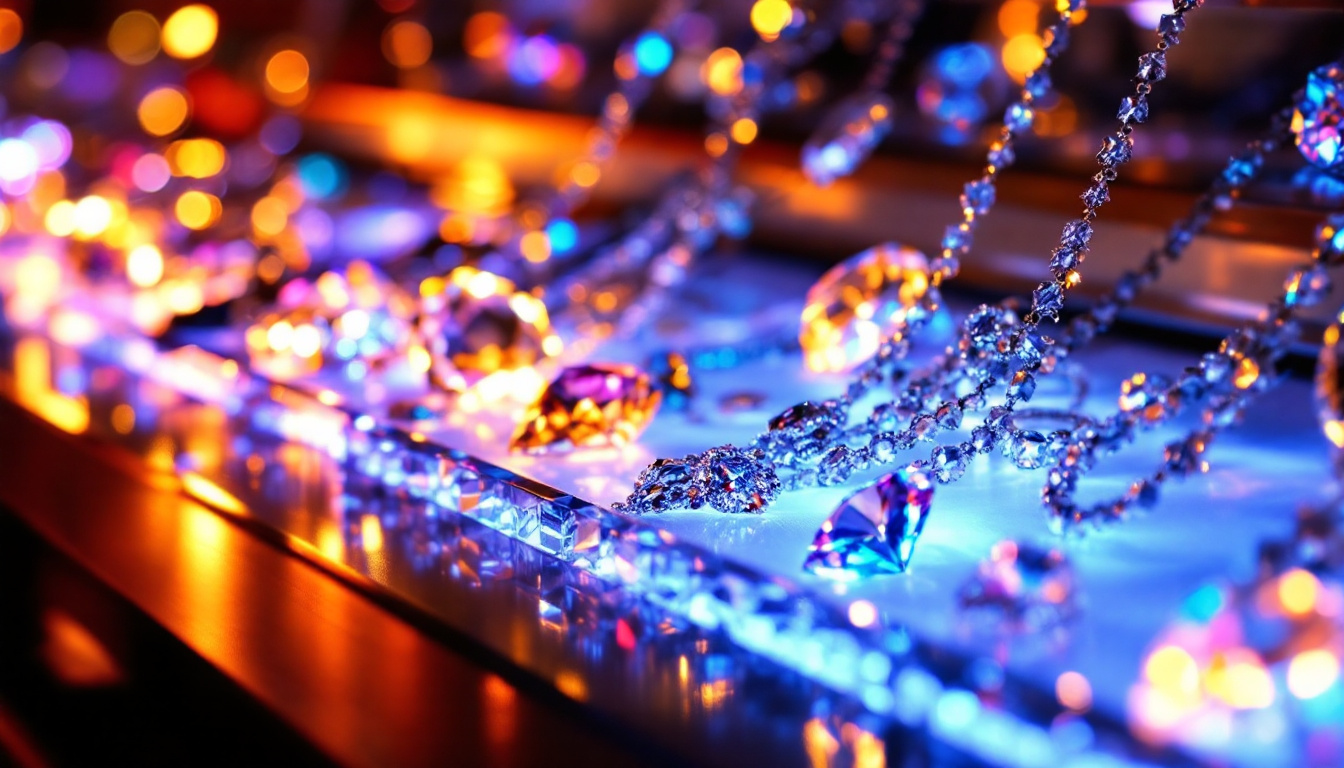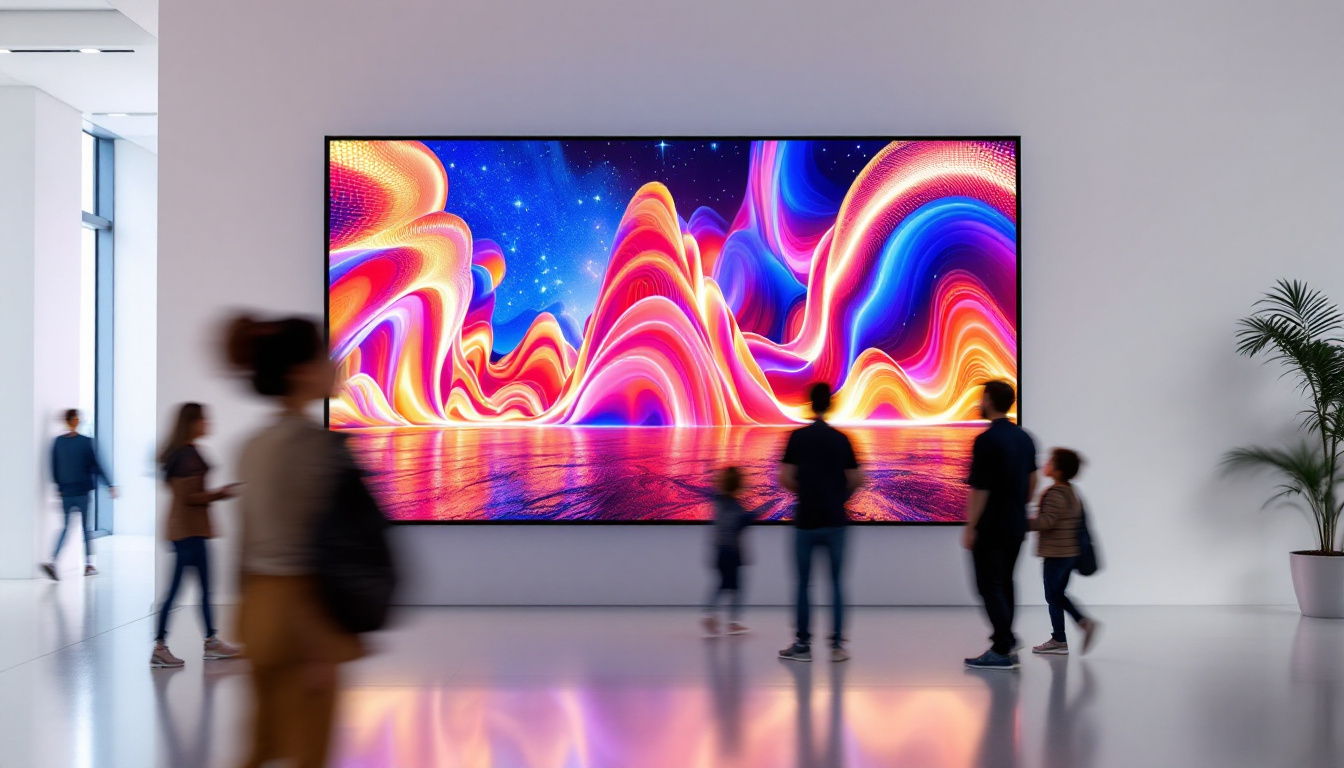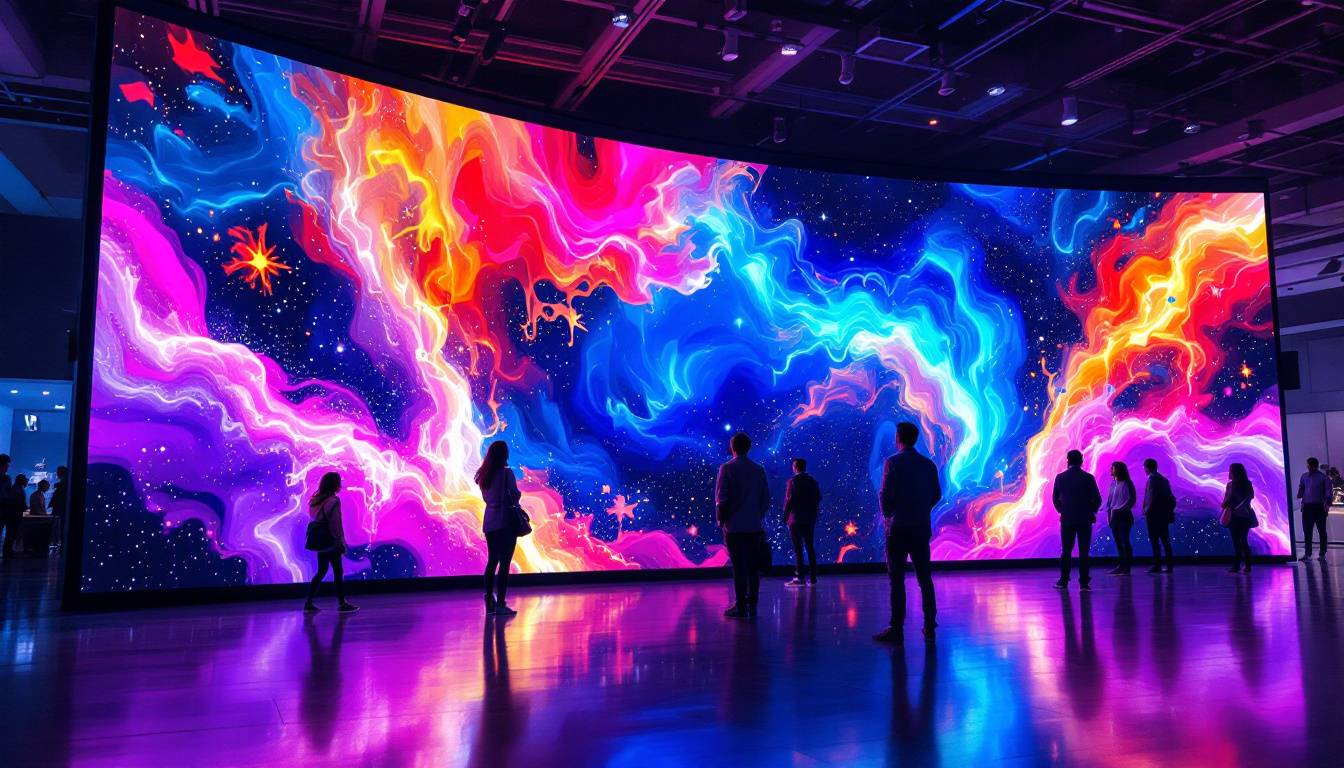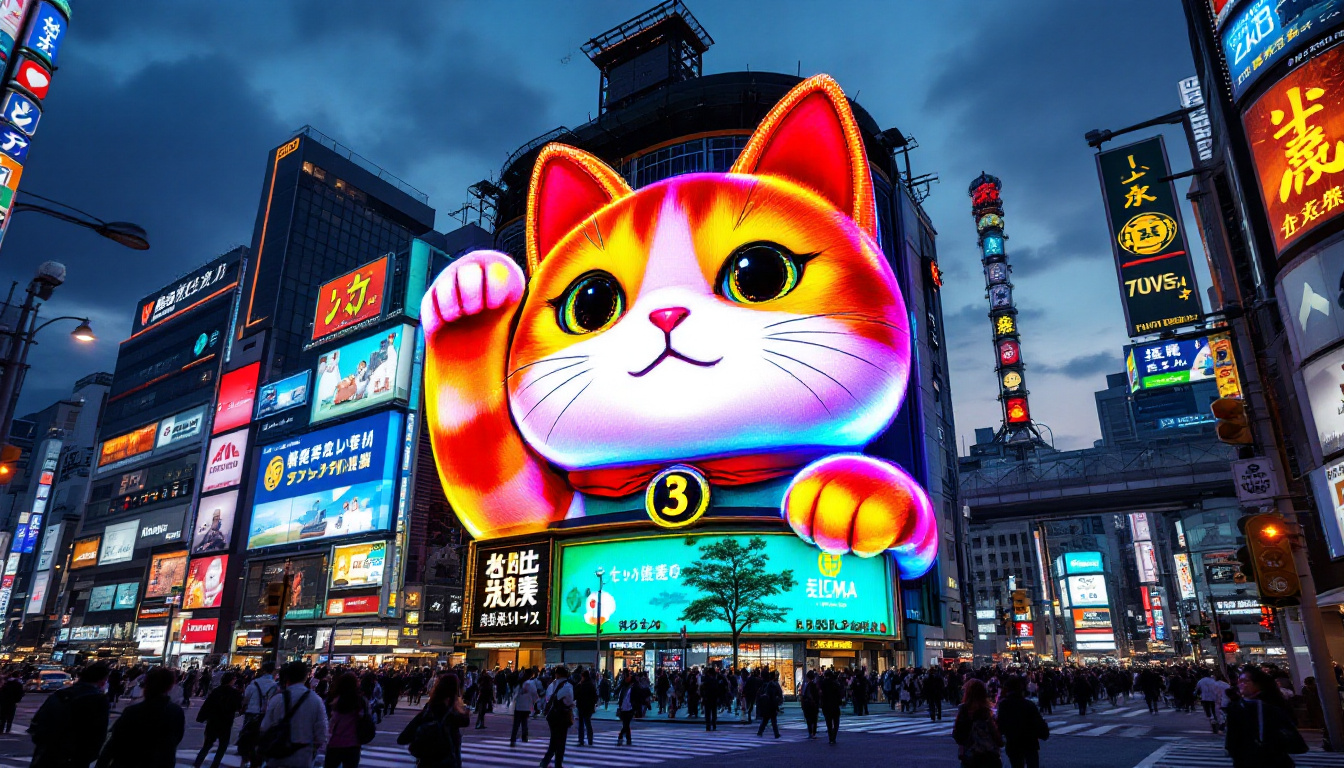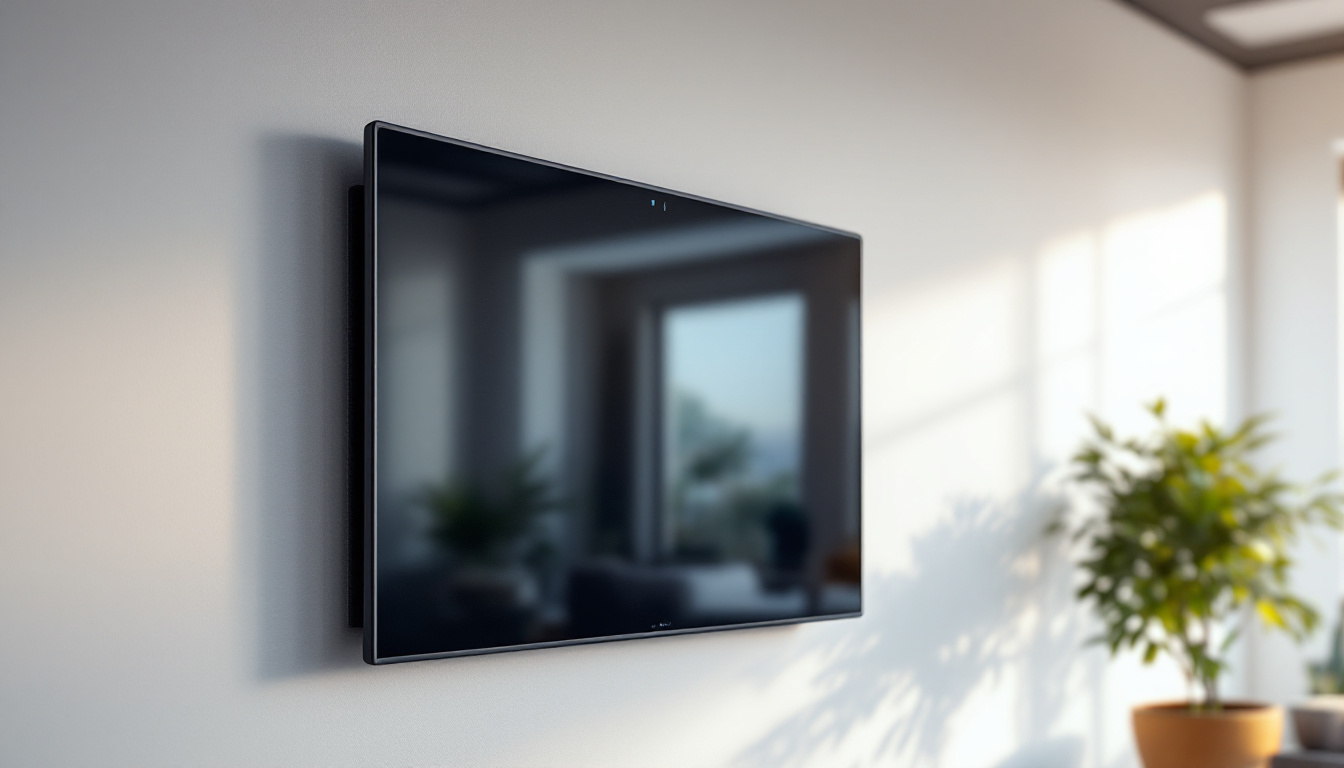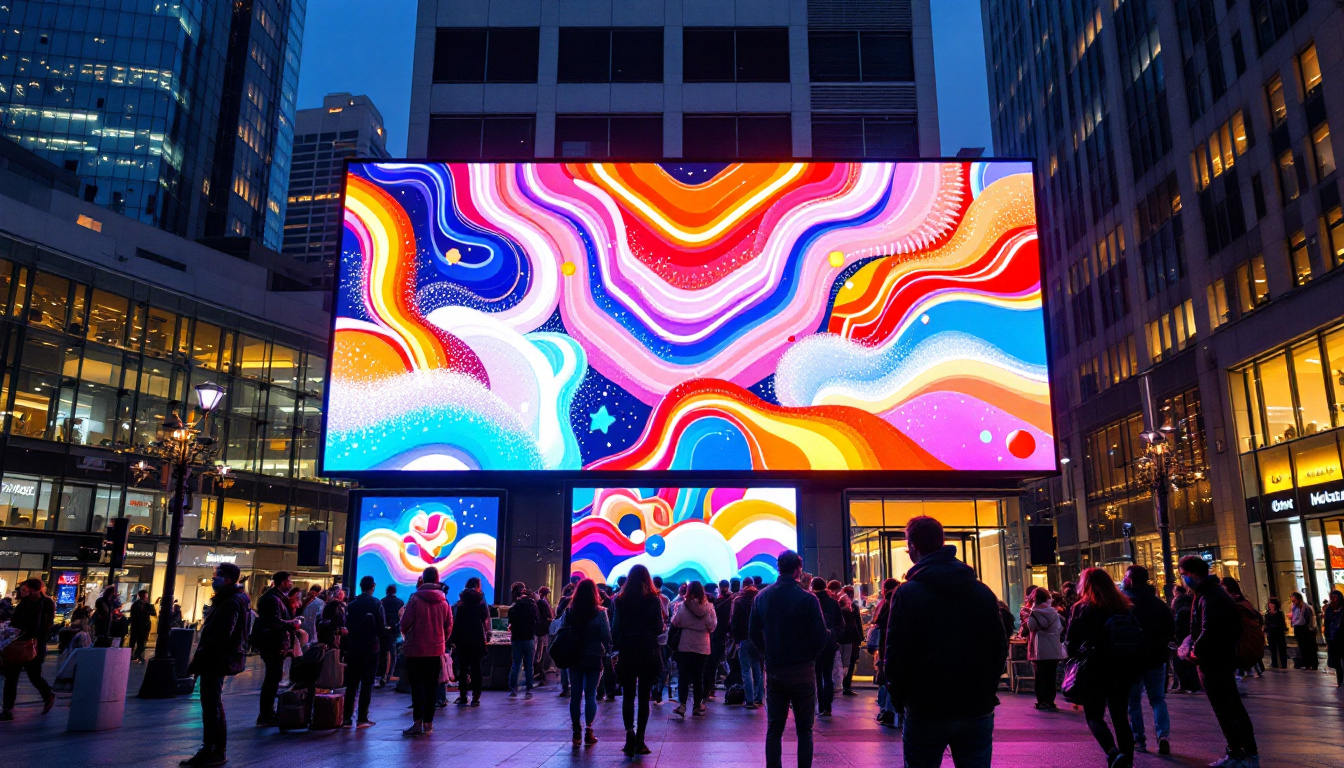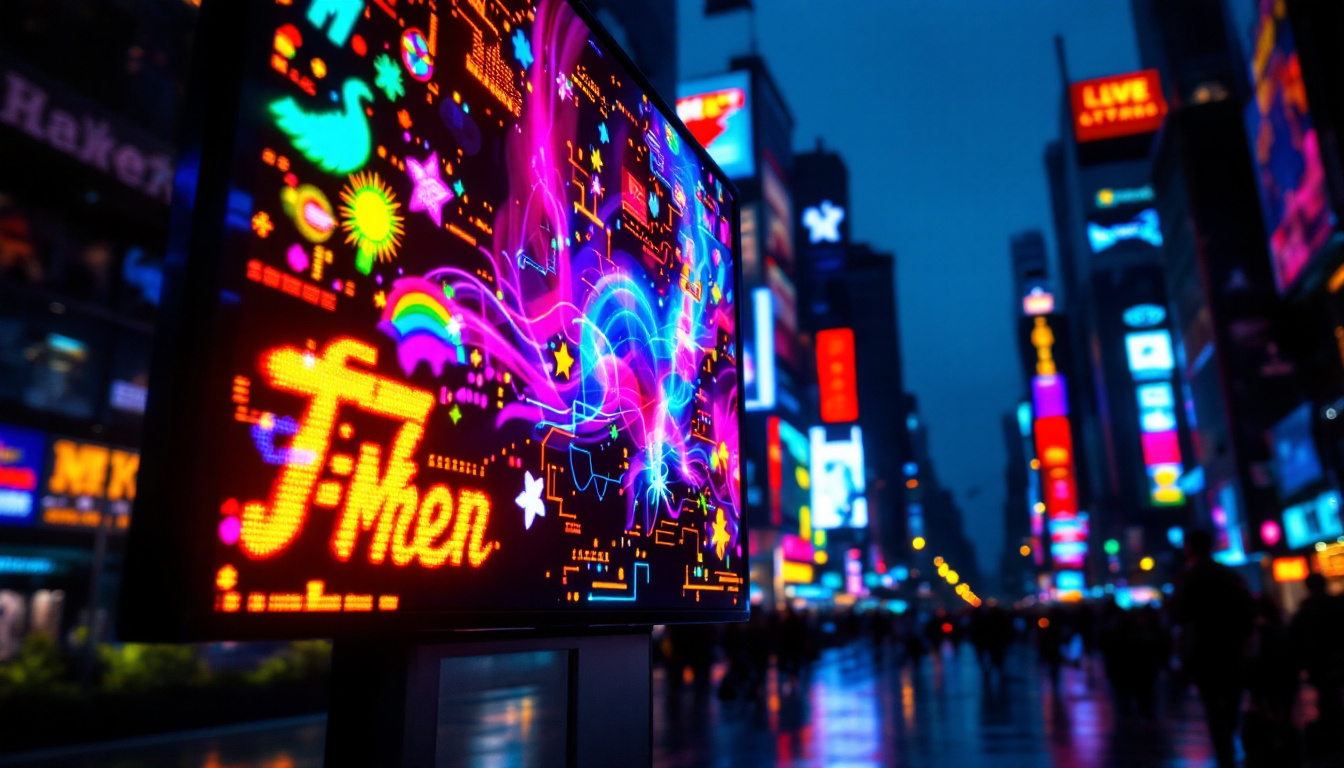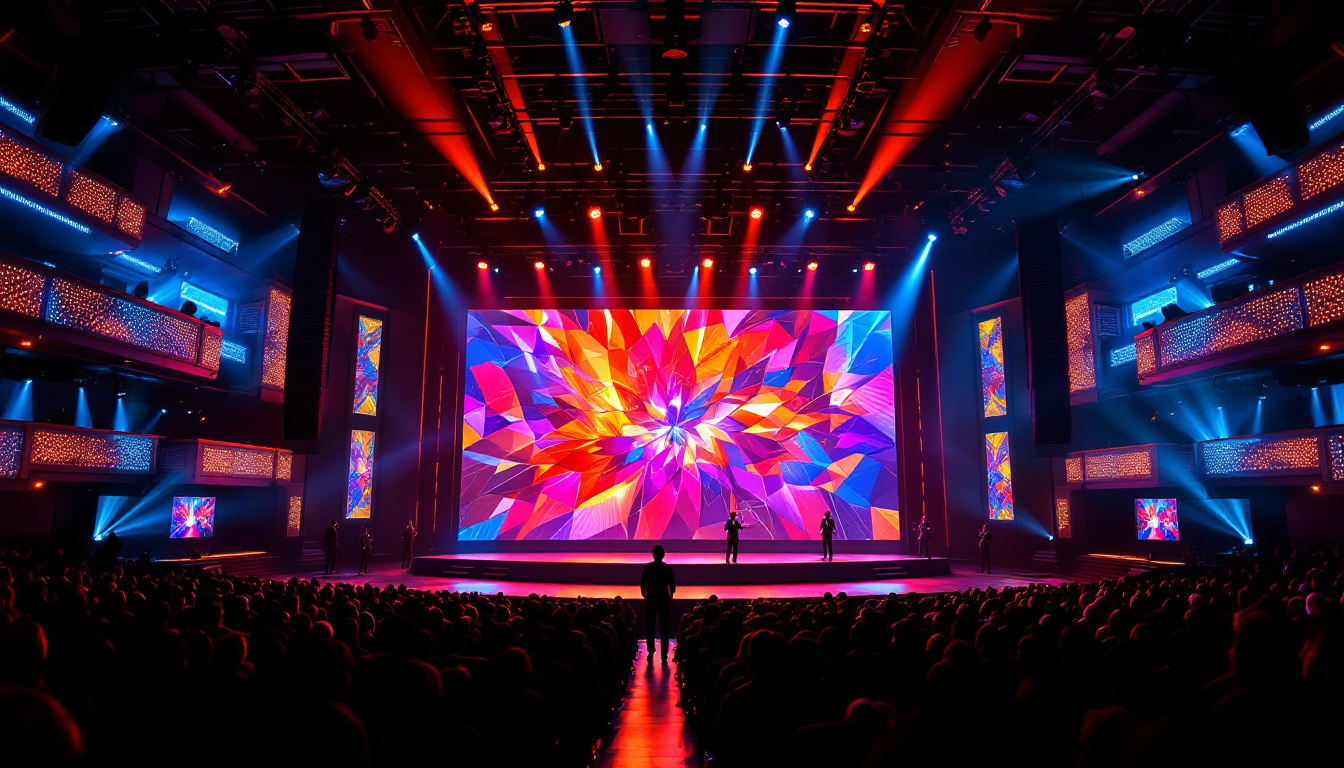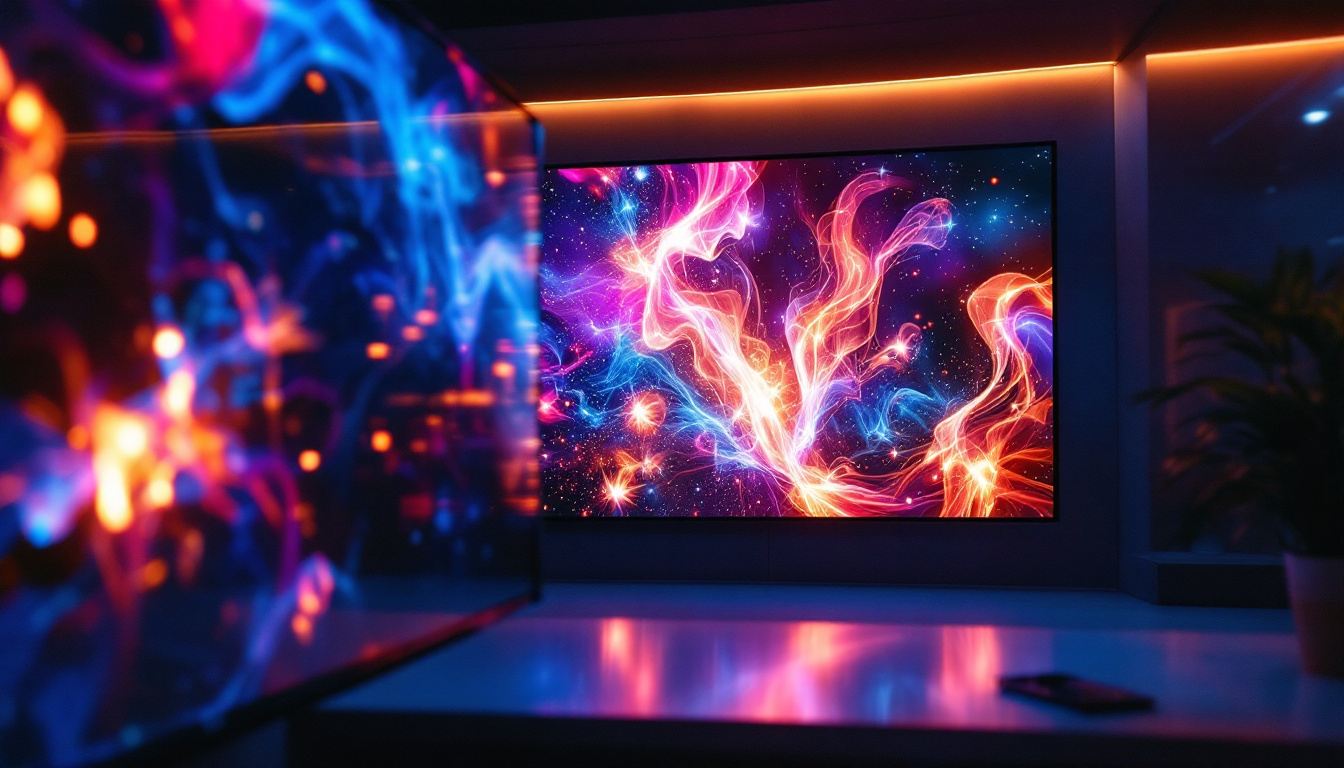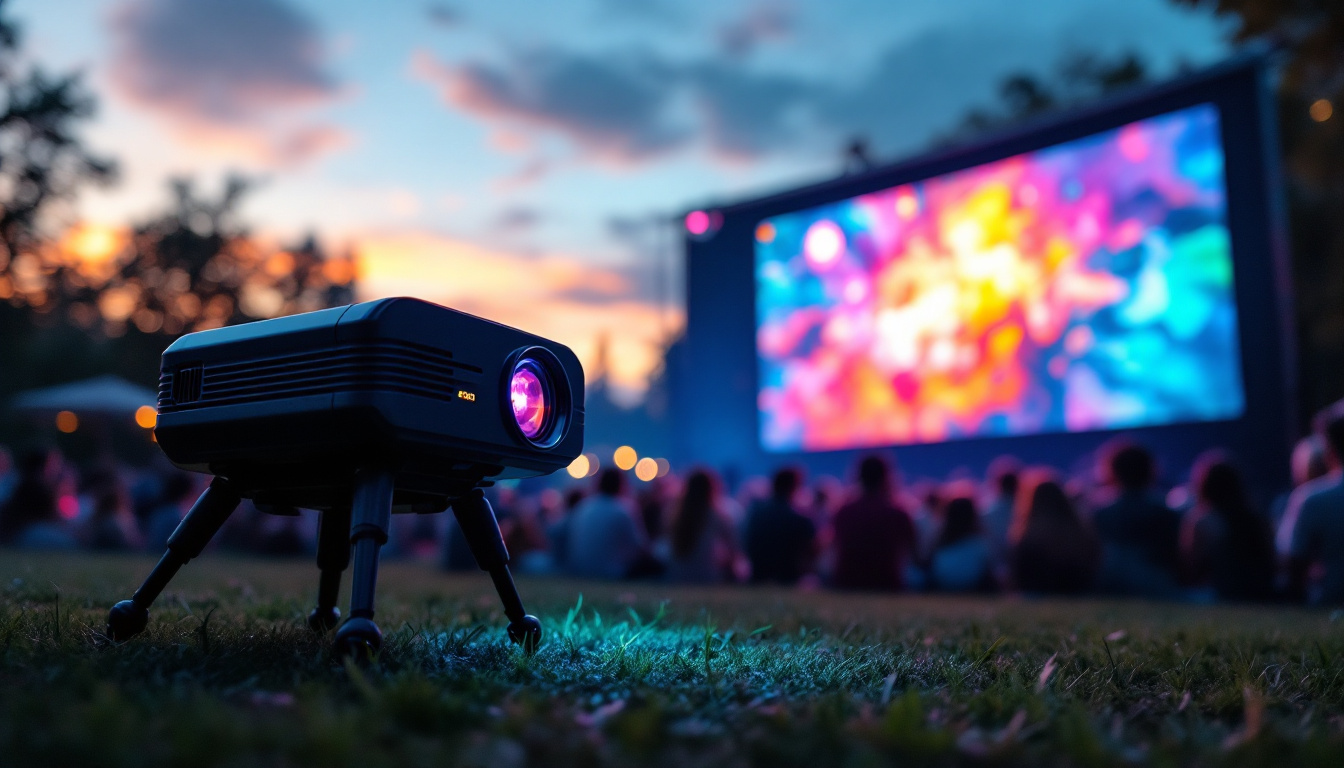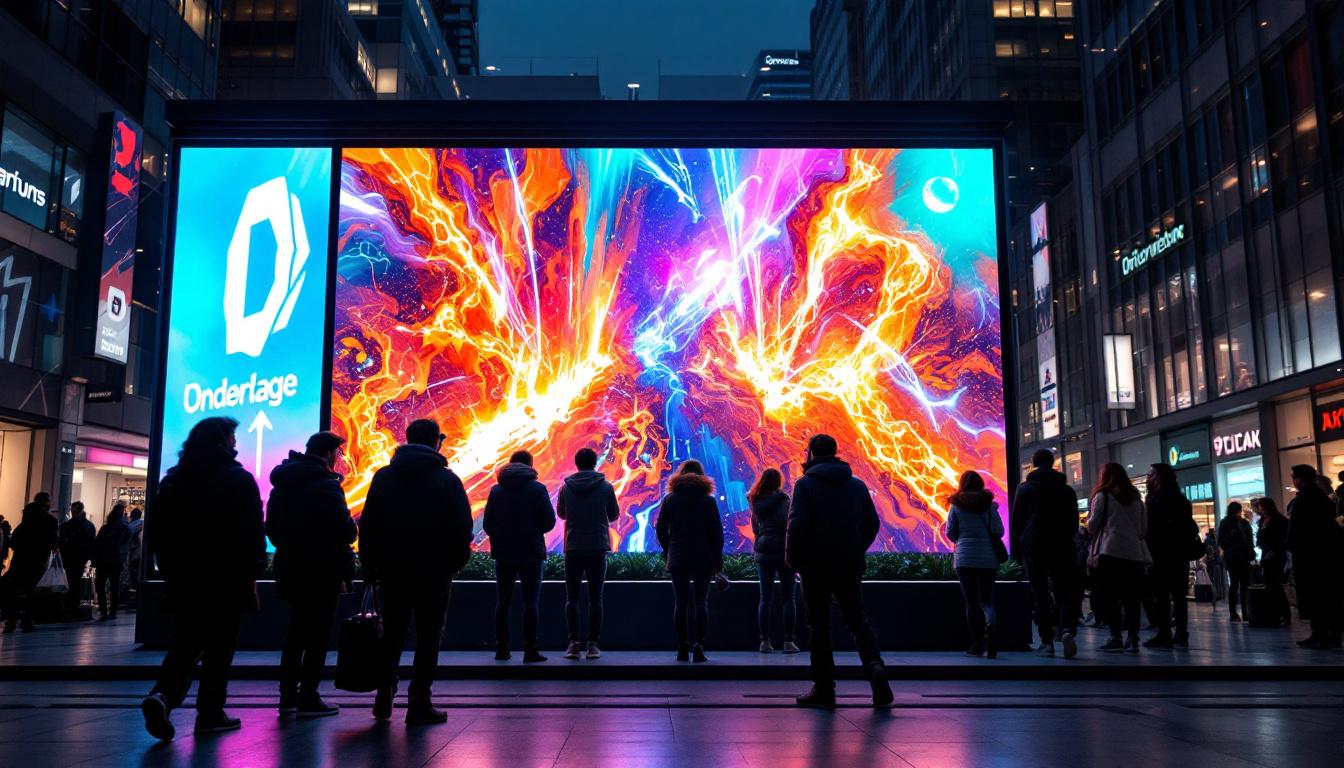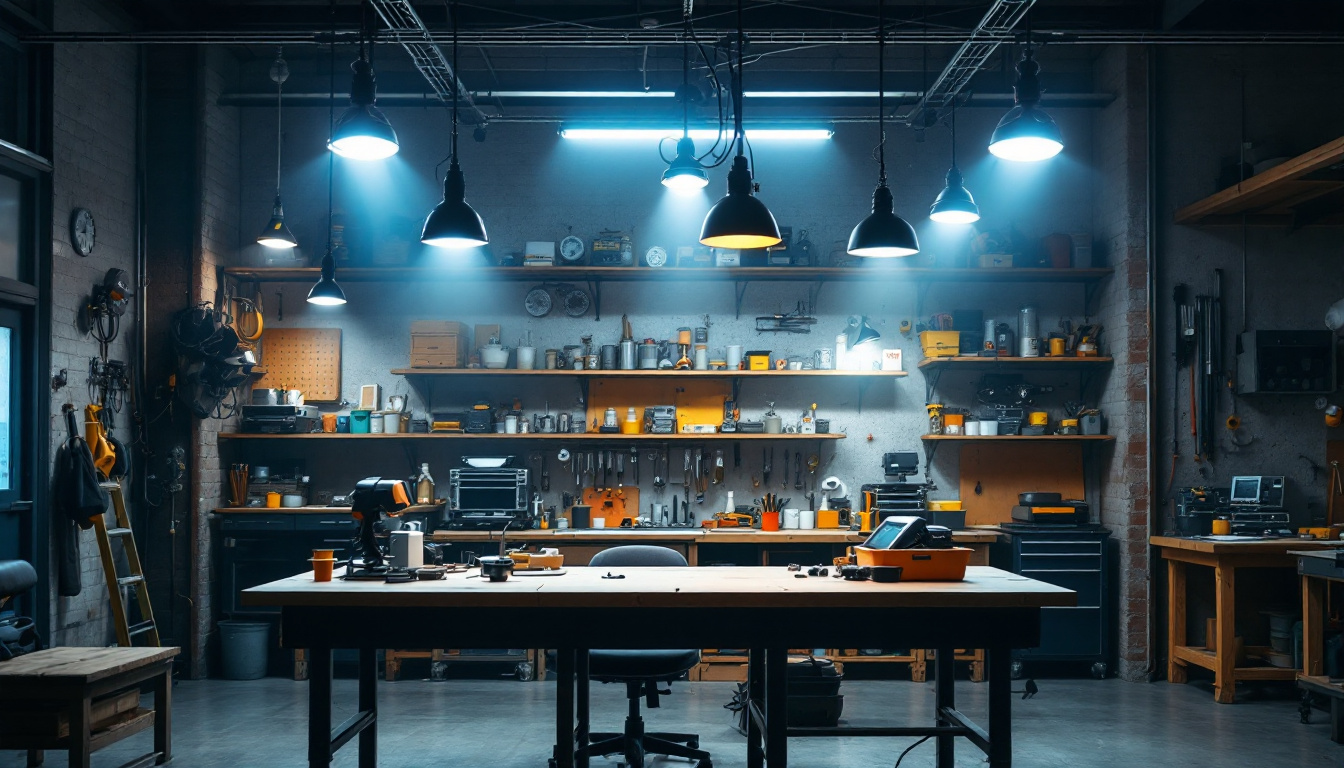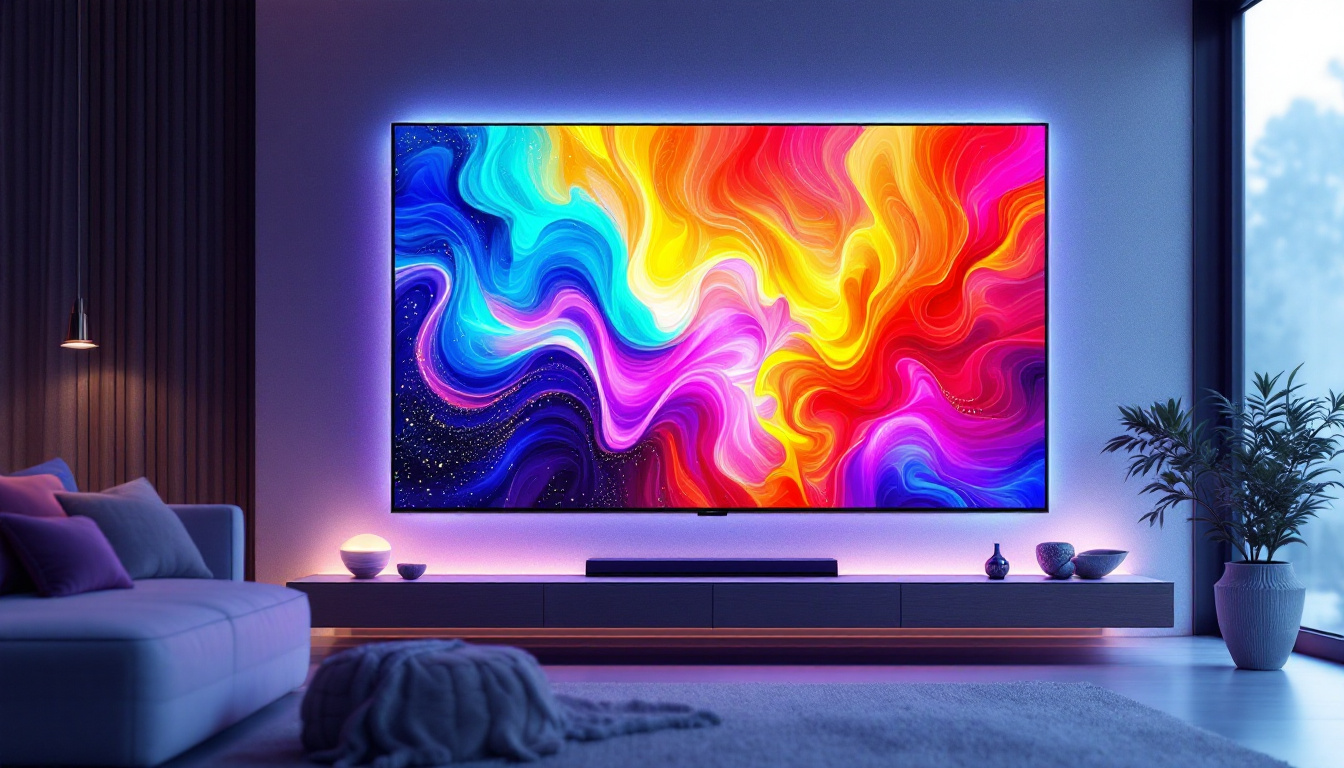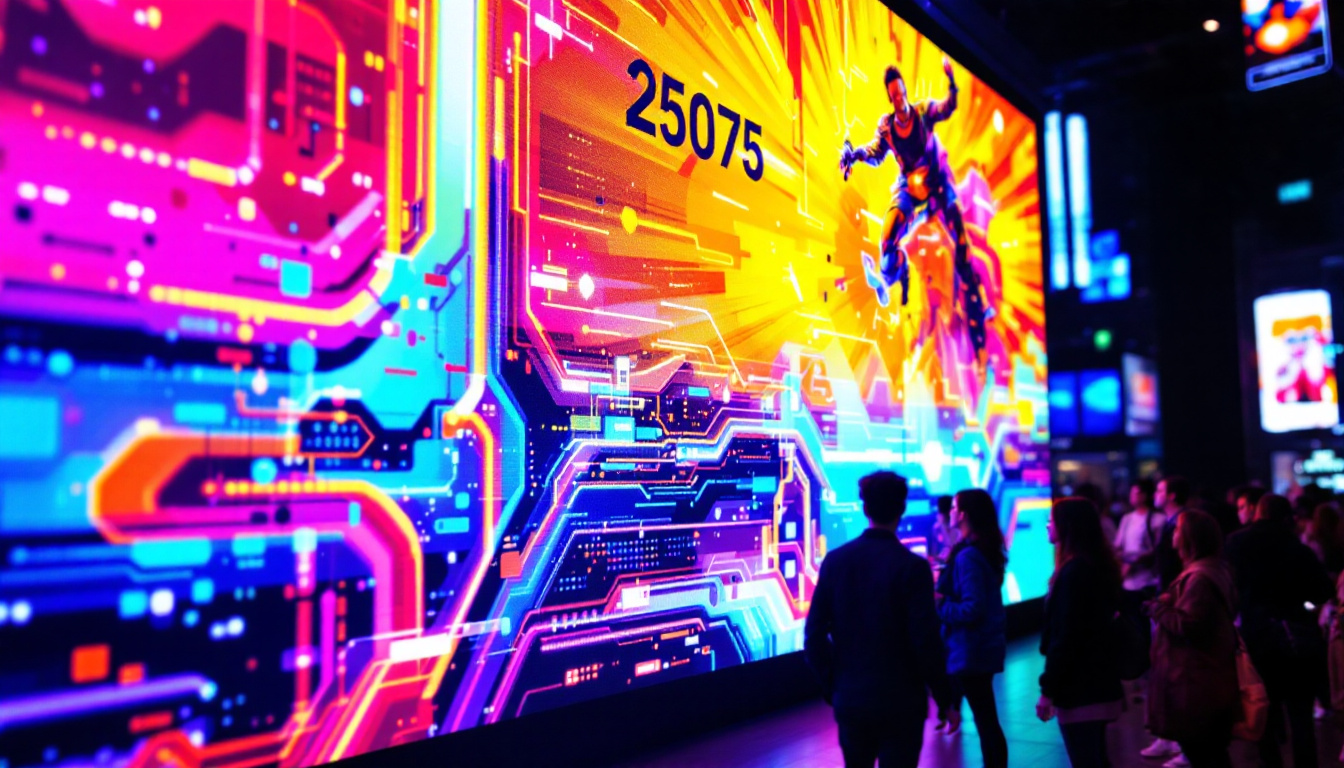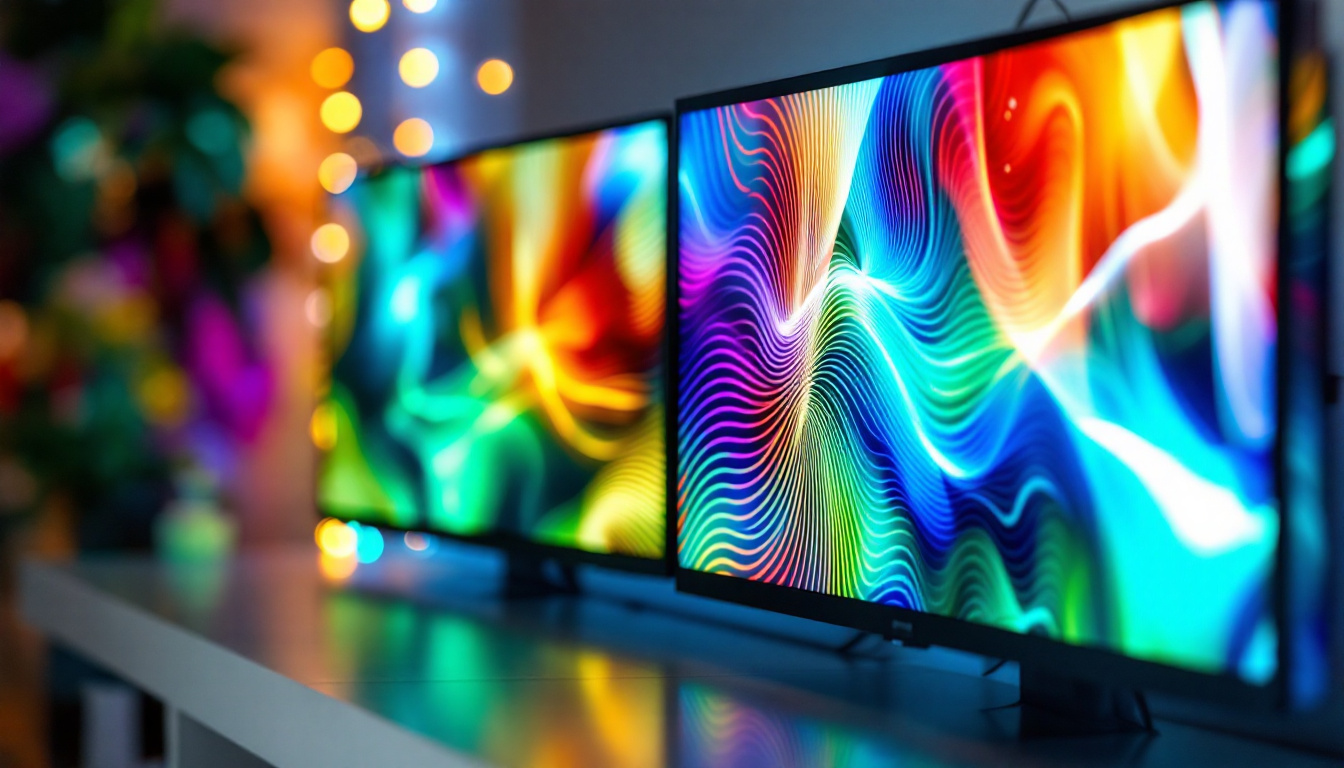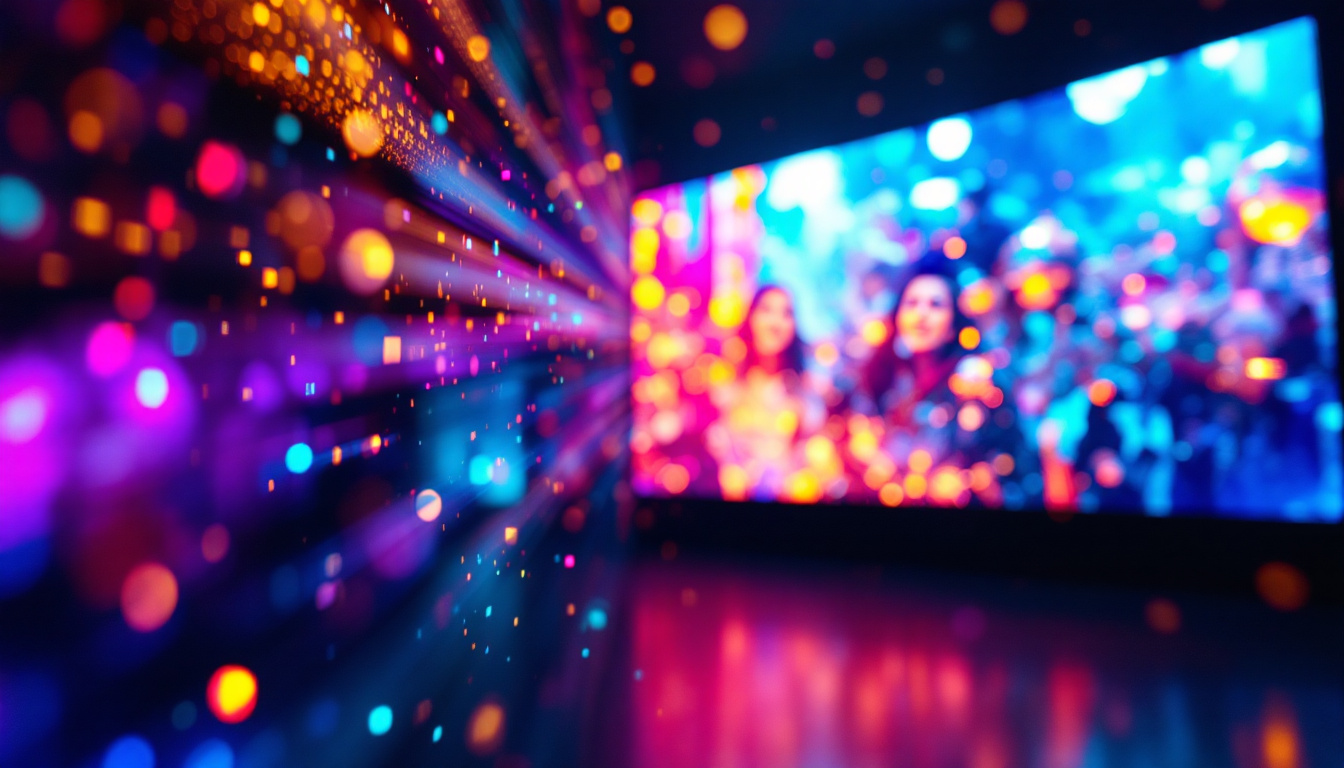In a world where visual experiences are paramount, the large screen projector has emerged as a vital tool for both entertainment and professional presentations. Among the various technologies available, LED displays are gaining significant traction due to their impressive performance and versatility. This article delves into the intricacies of large screen projectors, focusing on LED display technology, its advantages, and its applications.
Understanding LED Display Technology
LED, or Light Emitting Diode, technology has revolutionized the way images and videos are projected. Unlike traditional projectors that rely on lamps, LED projectors utilize an array of tiny diodes to produce light. This fundamental difference not only enhances the quality of the projected image but also offers several other benefits. The compact nature of LED technology allows for more portable designs, making it easier for users to transport their projectors for various events, whether for business presentations or outdoor movie nights.
How LED Projectors Work
At the core of an LED projector is a combination of red, green, and blue (RGB) diodes. These diodes emit light at different intensities to create a full spectrum of colors. The projector’s internal processing unit manages the color mixing and brightness levels, ensuring that the final output is vibrant and true to life. Additionally, many modern LED projectors incorporate advanced technologies such as digital light processing (DLP) or liquid crystal on silicon (LCoS) to further enhance image clarity and reduce artifacts, resulting in a smoother viewing experience.
One of the key advantages of LED technology is its ability to produce high contrast ratios. This means that the difference between the darkest and lightest parts of an image is more pronounced, resulting in deeper blacks and brighter whites. This capability is particularly beneficial for viewing content in various lighting conditions. Furthermore, LED projectors often feature dynamic contrast adjustment, which automatically optimizes the brightness levels based on the content being displayed, ensuring that every detail is visible, whether watching a dark film or a bright presentation.
Comparison with Traditional Projectors
When comparing LED projectors to traditional lamp-based projectors, several distinctions become apparent. First and foremost, LED projectors typically have a longer lifespan. While traditional lamps may last around 2,000 to 5,000 hours, LED diodes can last up to 30,000 hours or more, significantly reducing maintenance costs. This longevity not only means less frequent replacements but also contributes to a lower total cost of ownership over time, making LED projectors an economically sound choice for both casual users and professionals alike.
Moreover, LED projectors are generally more energy-efficient. They consume less power while delivering superior brightness and color accuracy. This efficiency not only translates to lower electricity bills but also makes LED projectors a more environmentally friendly option. Additionally, the lack of warm-up time associated with LED technology allows users to start their presentations or movies almost instantly, enhancing convenience and reducing downtime. As a result, LED projectors are becoming increasingly popular in educational settings, corporate environments, and home theaters, where quick setup and reliable performance are essential.
Advantages of Large Screen LED Projectors
Large screen LED projectors offer a myriad of advantages that make them a preferred choice for various applications, from home theaters to corporate environments. Understanding these benefits can help consumers make informed decisions when selecting a projector.
Superior Image Quality
One of the most compelling reasons to choose an LED projector is the superior image quality it delivers. The ability to produce vibrant colors and sharp details enhances the viewing experience, making it ideal for movies, sports, and presentations. The high color accuracy ensures that images appear as intended, capturing the nuances of the original content.
Furthermore, LED projectors often feature high resolutions, such as Full HD (1080p) or even 4K, which allows for larger screen sizes without sacrificing clarity. This quality is particularly important for large venues where every detail matters. The advanced contrast ratios provided by LED technology also contribute to deeper blacks and brighter whites, enhancing the overall dynamic range of the images displayed. This means that whether you’re watching a thrilling action movie or presenting intricate data charts, the visuals will be both striking and easy to comprehend.
Portability and Versatility
Many LED projectors are designed with portability in mind. Their compact size and lightweight construction make them easy to transport, allowing users to set up presentations or movie nights in various locations. This flexibility is a significant advantage for educators, business professionals, and home theater enthusiasts alike.
Additionally, LED projectors can be used in a range of environments. Whether in a dimly lit room or a well-lit conference hall, these projectors can adapt to different lighting conditions, ensuring a consistent viewing experience. Some models even come equipped with built-in speakers, eliminating the need for additional audio equipment, which further enhances their versatility. Moreover, many LED projectors support wireless connectivity, allowing users to stream content directly from their devices without the hassle of tangled cords, making them an excellent choice for spontaneous gatherings or impromptu meetings.
Cost-Effectiveness
While the initial investment in an LED projector may be higher than that of traditional projectors, the long-term savings can be substantial. With their extended lifespan and reduced energy consumption, LED projectors can lead to lower overall costs over time. This financial efficiency makes them an attractive option for both personal and professional use.
In addition to their longevity, LED projectors typically require less maintenance compared to their lamp-based counterparts. The absence of fragile bulbs means fewer replacements and repairs, which can be a significant cost-saving factor for businesses that rely on projectors for frequent presentations. Furthermore, many LED projectors come with features such as automatic keystone correction and focus adjustments, which not only enhance user convenience but also reduce the time and effort needed for setup. This ease of use is particularly beneficial in fast-paced environments where every minute counts, allowing users to focus on delivering impactful content rather than troubleshooting technical issues.
Applications of Large Screen LED Projectors
The versatility of large screen LED projectors allows them to be used in various settings, catering to diverse needs. Understanding the applications of these projectors can help potential buyers identify the best fit for their requirements.
Home Entertainment
For home theater enthusiasts, large screen LED projectors provide an immersive viewing experience that rivals traditional cinema. With the ability to project images onto screens that can reach several feet in width, these projectors transform living rooms into personal movie theaters.
Moreover, LED projectors are perfect for gaming. The high refresh rates and low input lag ensure that gamers enjoy smooth visuals without interruptions, making them an excellent choice for console and PC gaming.
Business Presentations
In the corporate world, effective communication is key. Large screen LED projectors facilitate impactful presentations, enabling presenters to convey their ideas clearly and engagingly. The ability to display high-resolution images, graphs, and videos enhances the overall effectiveness of business meetings.
Additionally, LED projectors often come equipped with features such as wireless connectivity and built-in speakers, streamlining the setup process and reducing the need for additional equipment.
Educational Use
educational institutions are increasingly adopting LED projectors in classrooms and lecture halls. These projectors allow educators to present multimedia content in a dynamic way, capturing students’ attention and enhancing learning outcomes.
Furthermore, the durability and low maintenance requirements of LED projectors make them a practical choice for schools, where equipment is frequently used and needs to withstand heavy usage.
Choosing the Right Large Screen LED Projector
Selecting the right large screen LED projector involves considering several factors to ensure it meets specific needs and preferences. Understanding these key aspects can help guide the decision-making process.
Brightness and Resolution
Brightness is a crucial factor in projector performance. Measured in lumens, a higher brightness rating allows the projector to perform well in various lighting conditions. For home theaters, a projector with 1,500 to 2,500 lumens is typically sufficient, while business environments may require 3,000 lumens or more.
Resolution is equally important, especially for large screen displays. Higher resolutions, such as 4K, provide sharper images and greater detail, making them ideal for both entertainment and professional use. It is essential to consider the intended use when selecting the resolution.
Connectivity Options
In today’s digital age, connectivity is paramount. A good LED projector should offer multiple connectivity options, including HDMI, USB, and wireless capabilities. This versatility allows users to connect various devices, such as laptops, smartphones, and streaming devices, enhancing the projector’s functionality.
Additionally, built-in features like screen mirroring and Bluetooth connectivity can further simplify the setup process and improve user experience.
Budget Considerations
Budget is often a determining factor when purchasing a projector. While LED projectors can range widely in price, it is essential to balance features with affordability. Investing in a quality projector may incur a higher upfront cost, but the long-term savings in maintenance and energy consumption can justify the expense.
It is advisable to compare different models and brands, taking into account reviews and user feedback to ensure the chosen projector meets expectations without exceeding budget constraints.
Conclusion
Large screen LED projectors have revolutionized the way visual content is consumed, offering superior image quality, portability, and versatility. As technology continues to advance, these projectors are becoming increasingly accessible to a broader audience, from home users to corporate professionals.
By understanding the underlying technology, advantages, applications, and key considerations when selecting a projector, individuals can make informed decisions that enhance their viewing experiences. Whether for entertainment, business, or education, large screen LED projectors are poised to remain a staple in visual technology for years to come.
Discover LumenMatrix LED Display Solutions
Ready to elevate your visual experience with the latest in LED display technology? Look no further than LumenMatrix, a pioneer in crafting innovative LED display modules designed to bring your content to life. From immersive Indoor LED Walls to dynamic Outdoor LED Displays, and from versatile Vehicle LED Displays to sleek LED Poster Displays, LumenMatrix offers a comprehensive range of solutions tailored to your needs. Embrace the future of visual communication with our LED Sports Displays, interactive Floor LED Displays, and the transformative All-in-One LED Display. Experience the magic of our LED Transparent Display and let your brand shine like never before. Check out LumenMatrix LED Display Solutions today and start creating unforgettable visual narratives that captivate and engage.

